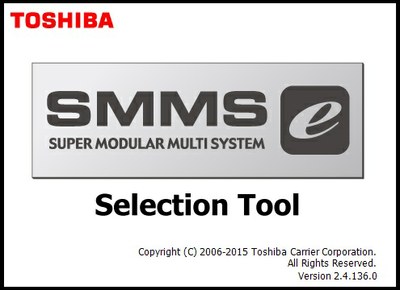This edition of NFPA 20, Standard for the Installation of Stationary Pumps for Fire Protection, was
prepared by the Technical Committee on Fire Pumps and acted on by NFPAat its JuneAssociation
Technical Meeting held June 8-11, 2009, in Chicago, IL. It was issued by the Standards Council on
August 6, 2009, with an effective date of August 26, 2009, and supersedes all previous editions.
This edition of NFPA 20 was approved as an American National Standard on August 26, 2009.
Origin and Development of NFPA 20
The first National Fire Protection Association standard for automatic sprinklers was pub-
lished in 1896 and contained paragraphs on steam and rotary fire pumps.
The Committee on Fire Pumps was organized in 1899 with five members from underwriter
associations. Modern committee membership has included representatives of Underwriters Labo-
ratories of both the United States and Canada, Insurance Services Office, Factory Mutual, Indus-
trial Risk Insurers, national trade associations, state governments, engineering organizations, and
private individuals.
Early fire pumps were only secondary supplies for sprinklers, standpipes, and hydrants and
were started manually. Today, fire pumps have greatly increased in number and in applications —
many are the major or only water supply, and almost all are started automatically. Early pumps
usually took suction by lift from standing or flowing water supplies because the famed National
Standard Steam Fire Pump and rotary types suited that service. Ascendancy of the centrifugal
pump resulted in positive head supply to horizontal shaft pumps from public water supplies and
aboveground tanks. Later, vertical shaft turbine–type pumps were lowered into wells or into wet
pits supplied from ponds or other belowground sources of water.
Gasoline engine–driven pumps first appeared in this standard in 1913. From an early
status of relative unreliability and of supplementary use only, first spark-ignited gasoline en-
gines and then compression ignition diesels have steadily developed engine-driven pumps to
a place alongside electric-driven units for total reliability.
Fire protection now calls for larger pumps, higher pressures, and more varied units for a wide
range of systems protecting both life and property. Hydraulically calculated and designed sprin-
kler and special fire protection systems have changed concepts of water supply completely.
Since the formation of this Committee, each edition of NFPA20 has incorporated appropriate
provisions to cover new developments and has omitted obsolete provisions. NFPA action on
successive editions has been taken in the following years: 1907, 1910–1913, 1915, 1918–1921,
1923–1929, 1931–1933, 1937, 1939, 1943, 1944, 1946–1948, 1951, 1953, 1955, 1957, 1959–1972,
1974, 1976, 1978, 1980, 1983, 1987, 1990, 1993, 1996, 1999, 2003, and 2007.
The 1990 edition included several amendments with regard to some of the key compo-
nents associated with electric-driven fire pumps. In addition, amendments were made to
allow the document to conform more closely to the NFPA Manual of Style.
The 1993 edition included significant revisions to Chapters 6 and 7 with regard to the
arrangement of the power supply to electric-driven fire pumps. These clarifications were
intended to provide the necessary requirements to make the system as reliable as possible.
The 1996 edition continued the changes initiated in the 1993 edition, and Chapters 6 and 7,
which addressed electric drives and controllers, underwent significant revision. New information
was also added regarding engine-cooling provisions, earthquake protection, and backflow preven-
ters. Chapter 5, which addressed provisions for high-rise buildings, was removed, as were capacity
limitations on in-line and end suction pumps. Additionally, provisions regarding suction pipe
fittings were updated.
The 1999 edition of the standard included requirements for positive displacement pumps for both water mist and
foam systems. The document title was revised to reflect this change, since the 1999 edition addressed requirements for
pumps other than centrifugal. Enforceable language was added, particularly regarding protection of equipment.
Revisions for the 2003 edition included updating the document to conform with the latest edition of the Manual of
Style for NFPA Technical Committee Documents. Provisions were also added to address the use of fire pump drivers using
variable speed pressure limiting control. Acceptance test criteria were added to the document for replacement of
critical path components of a fire pump installation.
For the 2007 edition, requirements for variable speed drives were refined, requirements for break tanks were
added, and component replacement testing tables were included.
The 2010 edition now includes a new chapter on fire pumps for high-rise buildings. Requirements for pumps
arranged in series were also added to the general requirements chapter. Chapter 11 of the standard has been reorga-
nized.
Click Here To: Download








